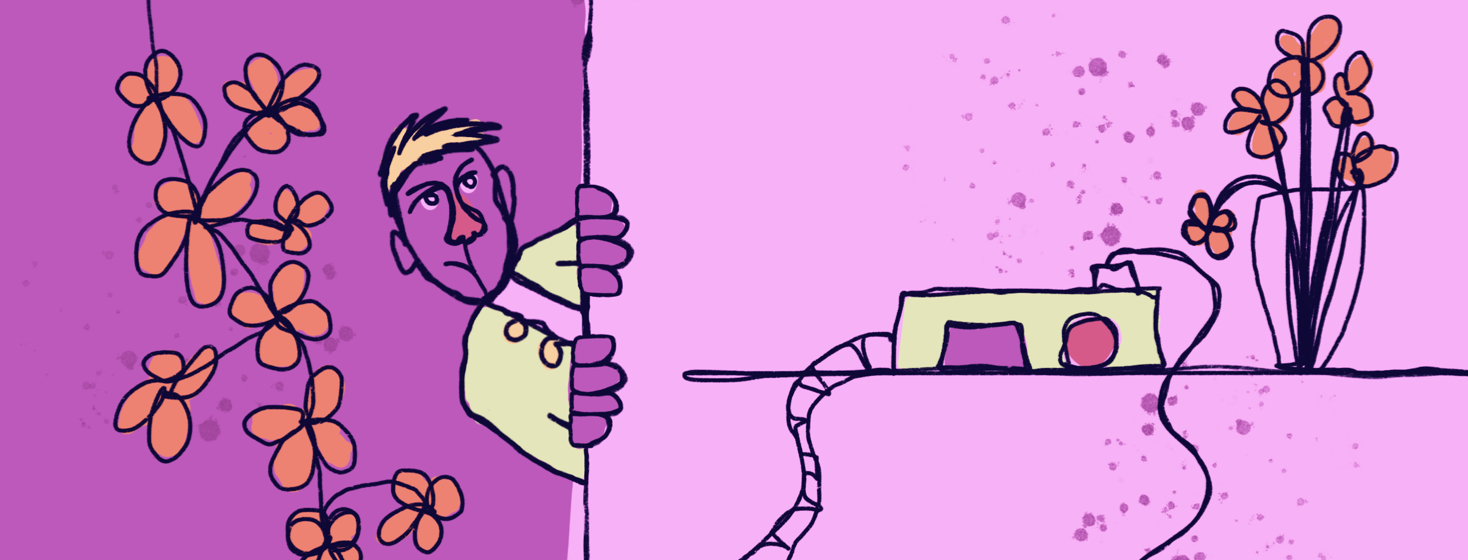Tips for Using Your CPAP With a Cold
When cold season hits, the inconvenience of dealing with viral symptoms can be magnified if you use PAP therapy. Avoiding your therapy won’t help. You still need your PAP, even if it’s less comfortable due to congestion.
Generally speaking, your body recovers more quickly from a head cold if you continue to use PAP. More and better sleep improves one’s immune system response.1
Tips for using PAP therapy when you have a cold
You might still find it frustrating to use PAP, though. Congested passages or a runny nose are both hard to sleep with. Try these tips for using CPAP when you have a cold:
Adjust your position
Try side sleeping. Use gravity to drain your sinuses (one side at a time). Beware of mask leaks if you don’t normally side sleep. If you own a recliner, give it a try. It can help prevent phlegm from collecting in the back of your throat, which worsens matters. If you can, avoid sleeping on your back. Or, consider elevating the head of your bed by 3 inches using wood blocks or risers. You probably won’t notice the incline, but gravity will be on your side.
Rely on your humidifier
Warm, moist air keeps your sinuses comfortable during a head cold. Not sure if you’re using your humidifier correctly, or don’t normally use it? Check the manual or ask your CPAP supplier for instructions on how to make adjustments to humidity, temperature, and water levels. If you use an older machine, it may not feature a humidifier, or the one it has may lack a heat setting. Talk to your doctor about upgrading your machine to a version with a heated humidifier. In the meantime, consider setting up a portable humidifier near your machine. PAP devices pressurize “room air” for delivery through the mask. The higher humidity in room air means more humidified air delivered through your mask.
Use a nasal spray or gel
A decongestant spray – or a lightweight gel – is a quick, easy, affordable solution. Simple saline options are tried and true for congestion relief. If your stuffy nose is related to allergies, try one with an antihistamine. However, avoid over-the-counter sprays which can cause drowsiness. These can actually worsen OSA. Talk to your doctor or your pharmacist about brands and options best suited to your needs.
Clear your nose with menthol
Menthol is a naturally occurring compound found in plants. It’s well known for clearing blocked nasal passages swiftly. Note: Avoid using menthol products with a petroleum base. These contribute to bronchial inflammation, irritation of the airways, and even lipid pneumonia if you inhale them.2
Try a Neti pot for congested sinuses
These “old school” devices have cleared congestion for centuries. Look for inexpensive bulb- or teapot-shaped vessels at drugstores or online. You use them to flush out nasal passages through a simple saline rinse.
Switch mask styles when you have a cold
Many people using CPAP wear more than one kind of mask. They may normally use one style (such as nasal pillows) for most nights but then switch to a different style (such as full face) when congestion, allergies, or head colds arise.
Lessen mouth breathing with chin support
Head colds may cause us to mouth breathe during a head cold. After all, the body does what’s necessary to keep the air flowing. But oral breathing interferes with PAP therapy and leads to dry mouth. A simple solution: wear a stretchy, soft chin strap that’s supportive enough to keep your mouth closed as you sleep.
Consider a switch to APAP
Most CPAP machines can deliver all PAP therapies (including autoPAP and bilevel PAP). Using your CPAP machine in autoPAP mode can help you breathe through congestion. AutoPAP uses “smart technology” to sense your need for more or less pressure. It automatically adjusts, unlike the CPAP, which only delivers one continuous pressure. Discuss this option with your sleep health professional; you’ll need their help to change your therapy settings.
Keep your CPAP clean
If you don’t keep your equipment well-maintained, it can make you even sicker or lead to illness when you aren’t sick. Always be vigilant about keeping your tubing, masks, and accessories clean. This prevents the growth of bacteria inside your equipment and removes other microorganisms, such as viruses.
More tips for cold relief
- If you normally use a nasal steroid spray (such as fluticasone), split the dosage between morning and evening, a single (rather than double) pump in each nostril.
- Nasal strips applied across the bridge of the nose lift and open nasal passages. Even if you don’t normally use these, they can come in handy when you have a head cold.
- Stay hydrated and treat your cold actively with therapies that work best for you. Though you may not “cure” your cold, they’ll provide relief from breathing problems.

Join the conversation